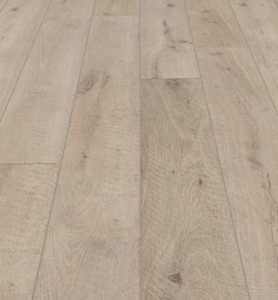When looking for ideal hardwood flooring products for a replacement or renovation, white oak should be at the top of your material list. It has become quite common in recent years due to its several key advantages. Let’s take a closer look.
Practical Considerations
As a start, white oak has a high durability level which means less risk of repeated scratches and dents. Even if they should happen, the inherent natural grains help to hide minor scuffs, meaning you have a surface that looks new for longer. Along with this, every homeowner knows the issue moisture can cause for wood floors. White oak is well suited for moist areas because of its closed grain. This grain means the pores are closed and it’s harder for water to enter. Granted, you still need to respond to any spills right away.

White oak’s availability in the U.S. helps with costs.
Along with this, white oak is relatively reasonably priced compared to other materials. A major reason behind this is that it’s grown and available around the U.S., meaning you don’t have to worry about additional shipping costs. Because a redone floor can require a lot of material, having a cheaper option is always a good thing to look out for.
Aesthetic Considerations
In terms of aesthetics, white oak matches up well with several different stains/reactive treatments. We mentioned how the pores make it harder to absorb water and other liquids, but it can absorb staining well. This adds to a deeper and fuller look. Along with this, the naturally neutral hues found in white oak match with gray or other neutral tones your home may have.
Whether you are looking to use white oak or another material, your best option is to work with a flooring professional at T and G Flooring to start the process. They can guide through the process of selecting your hardwood floors in Denver.

